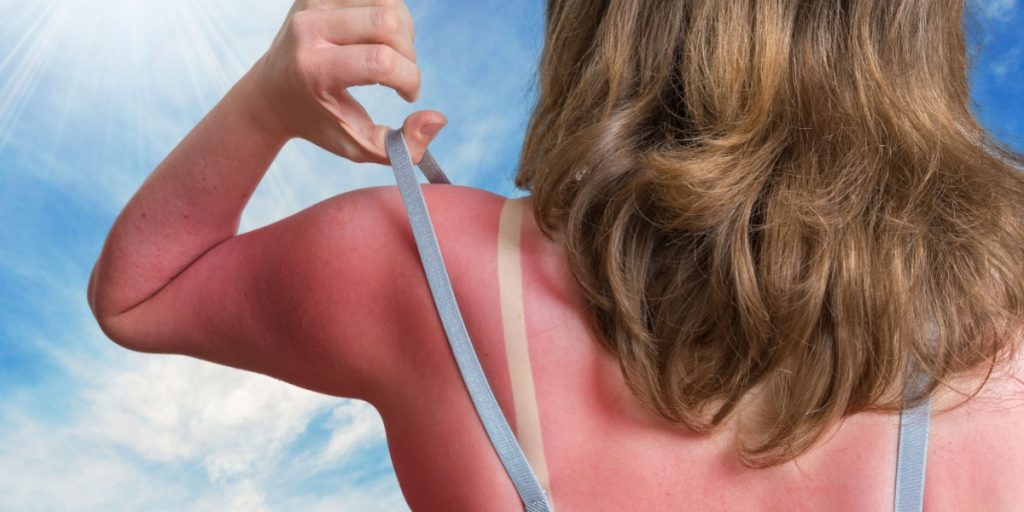For many young people like 29-year-old Hannah Clark, tanning has become less of a beauty routine and more of a lifestyle.
Others are reading now
What began as a simple spray tan for prom has evolved into a persistent pursuit of that enviable post-holiday glow, the kind that earns compliments and boosts self-esteem. Social media reinforces this desire, making bronzed skin appear synonymous with health and status.
TikTok, Sunbeds, and Risky Rituals
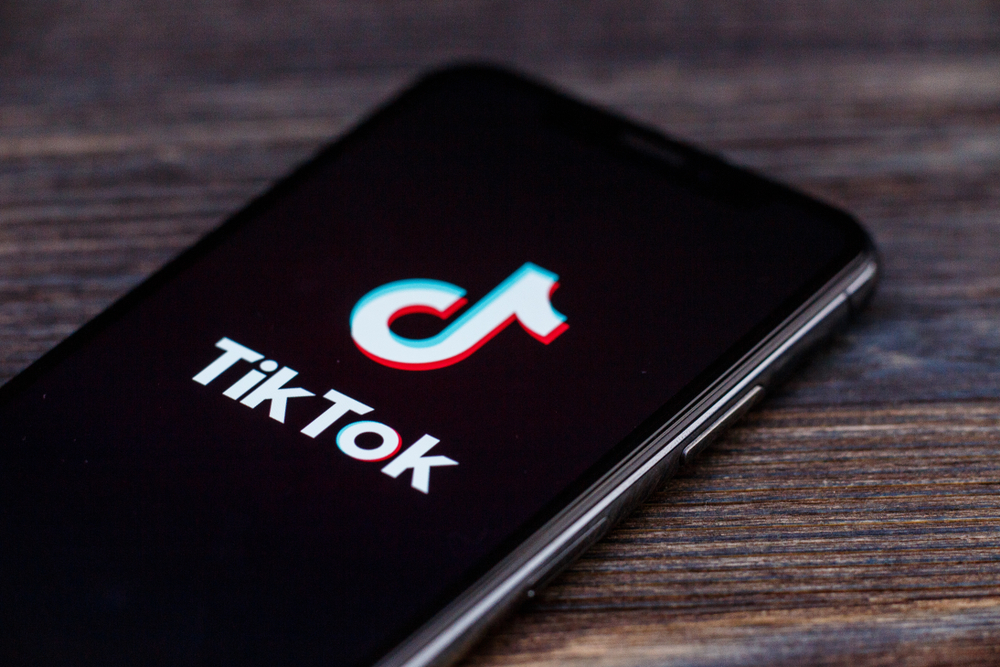
Tanning culture is booming online, with over 500,000 posts tagged #sunbed on TikTok alone.
A 2024 Melanoma Focus survey found that while 28% of UK adults use sunbeds, that figure skyrockets to 43% among 18- to 25-year-olds. From obsessively tracking UV levels to using nasal sprays and unregulated tanning injections, Gen Z is going to increasingly extreme lengths for darker skin.
The Science Is Clear – But Largely Ignored

Despite knowing the dangers, many young tanners willingly roll the dice. NHS guidelines warn there’s no safe way to tan, and dermatologists stress that any darkening of the skin from UV rays signals cellular damage.
The World Health Organization classifies sunbeds as “dangerous,” linking them to increased melanoma risk, especially when first used before age 35.
Tanning as ‘Self-Care’?
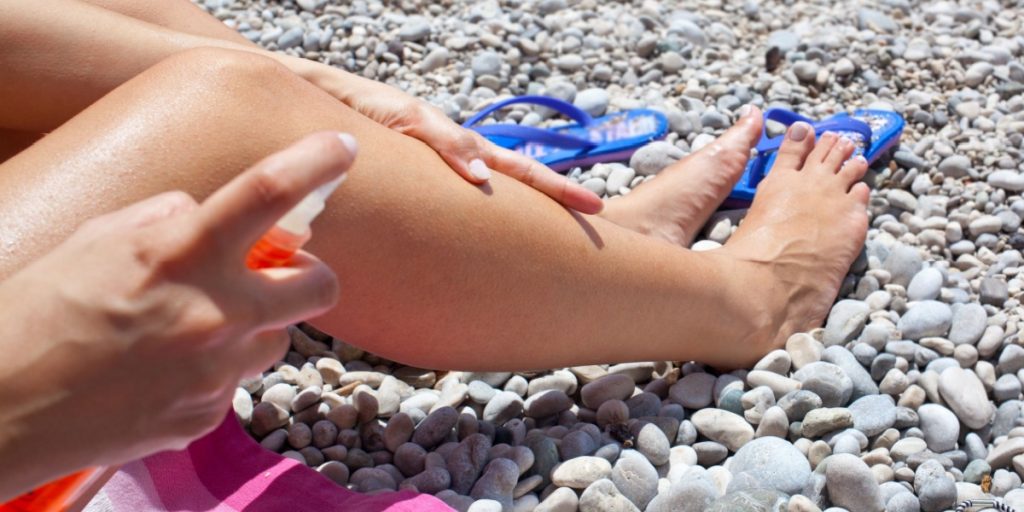
Also read
The tanning industry markets itself with a wellness twist. Salons promote sunbeds as a form of self-care, while influencers post videos inviting followers to join them for a session.
Some tanning businesses even mock the risks, sharing memes that dismiss scientific concerns with humor, a tactic that further normalizes potentially deadly habits.
‘You Can Die of Anything’: Fatalism Fuels the Trend
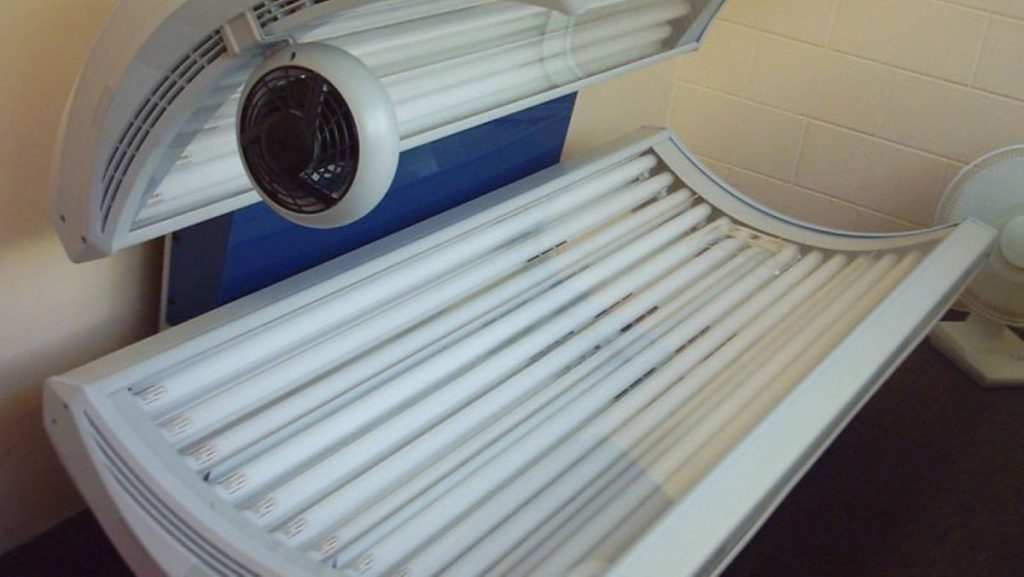
For some young users, fear of future health risks feels abstract compared to today’s global uncertainty. “You can die of anything,” says Emily Harris, 23, who uses sunbeds regularly when she can afford it.
She, like many others, schedules her breaks around peak UV times to maximize tanning, despite knowing the associated dangers.
The Rise of ‘Nasals’: Tanning Through Your Nose
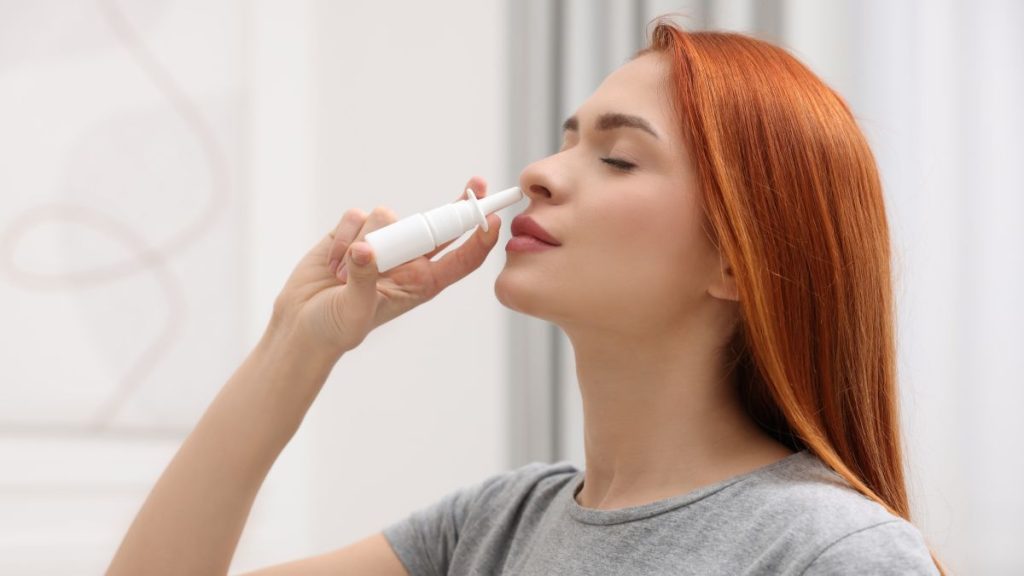
Nasal tanning sprays, often containing melanotan II, are gaining popularity despite serious health warnings. These illegal-in-the-UK products are readily available online and on social media.
Also read
Side effects can range from nausea and high blood pressure to changes in moles and links to melanoma, yet curiosity and peer use often outweigh caution.
Influencer Culture: Addicted to the Look
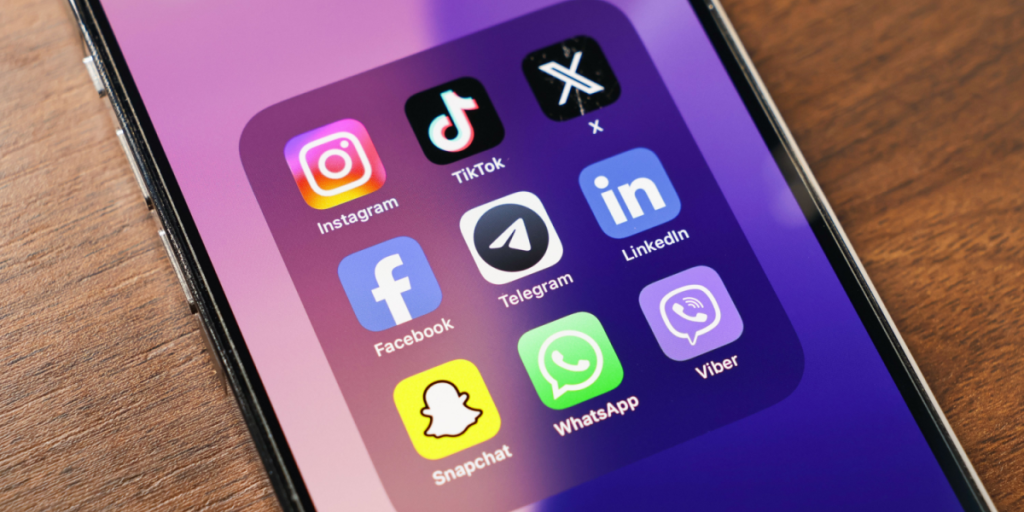
Influencers like swimwear entrepreneur Holly Feldman say the visual benefits of tanning are hard to resist, especially when free products arrive regularly.
Feldman described how tanning became “addictive,” even when injections made her feel physically ill. Although she’s reduced her use, sunbeds remain a regular part of her routine, driven in part by the demands of social media visibility.
It’s Not Just a Girl Thing

While tanning may be more common among women, men aren’t immune. Dance teacher Craig Hopkins, 29, uses sunbeds for a “just back from Ibiza” look.
For him and others, a real tan symbolizes quiet luxury and social credibility, an aesthetic that filters and fake tans just can’t fully replicate.
Denial, Normalization, and the Dark Side of Beauty
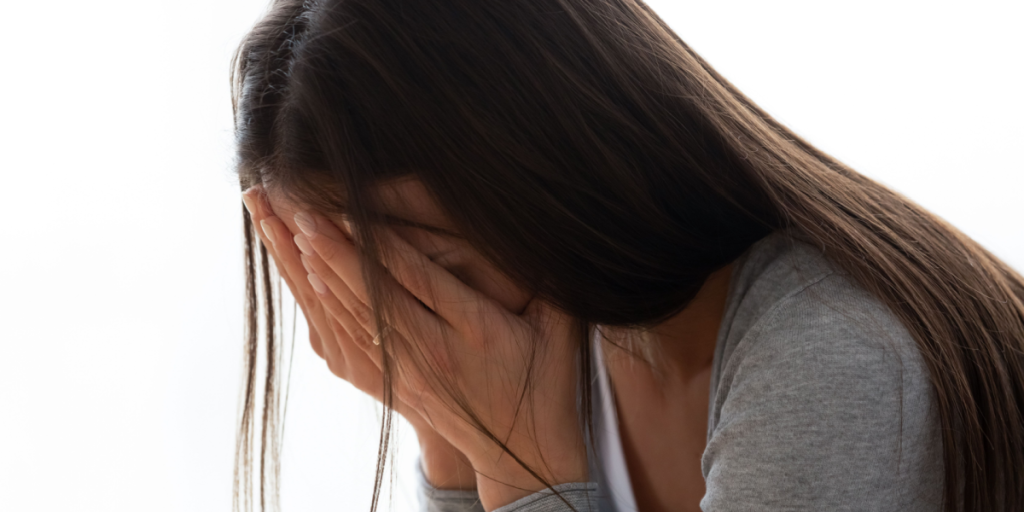
Also read
Many young users admit they know tanning is risky, but continue anyway. Some, like nail technician Megan Urbaniak, see sunbeds as prep for real sun exposure and believe they’re relatively safe because everyone’s doing it.
For others, like Melissa Jones, tanning is about evening skin tone, not getting darker. Across the board, “addiction” is a word that comes up again and again.
A Wake-Up Call from a Survivor
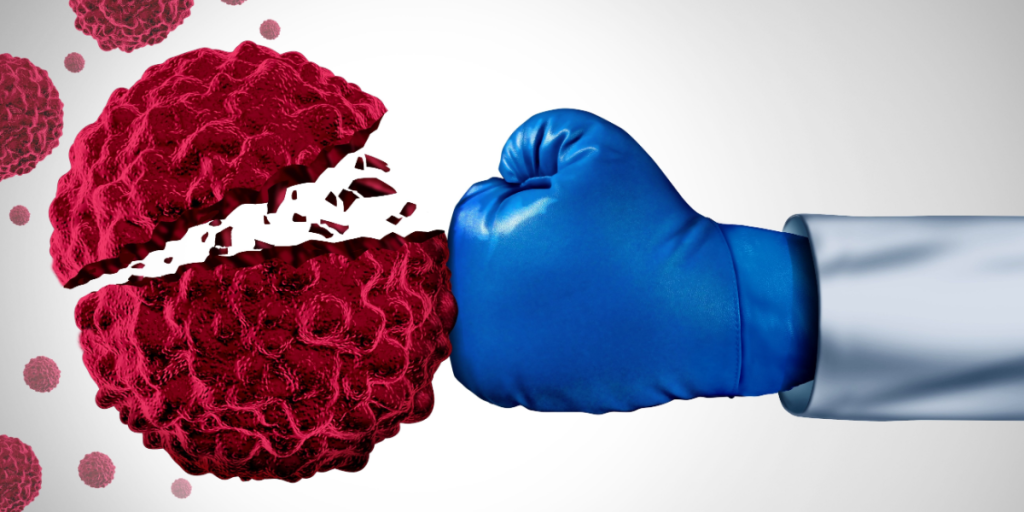
Jak Howell was only 21 when he was diagnosed with stage three melanoma — a direct result of years of sunbed use.
His journey through surgeries, radiotherapy, and exhausting immunotherapy is now a cautionary tale for his TikTok followers. With countries like Australia and Brazil banning sunbeds, some UK doctors hope the UK will follow suit. Until then, the lure of a golden glow may keep many young people dangerously in the dark.
This article is made and published by Edith Hejberg, who may have used AI in the preparation

